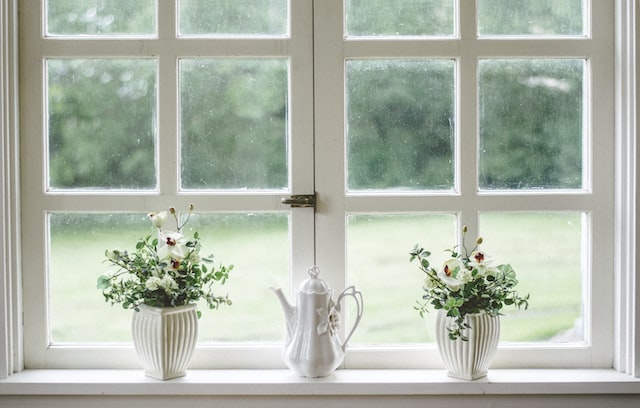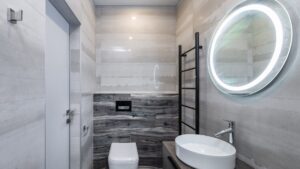UPVC windows have become increasingly popular in recent years due to their energy efficiency, durability, and low maintenance requirements. If you’re considering installing UPVC windows in your home, it’s essential to understand their benefits, features, and maintenance requirements. In this article, we’ll cover everything you need to know about UPVC windows, including their advantages, types, styles, and maintenance.
Advantages of UPVC Windows
UPVC windows offer several advantages over traditional windows, including:
- Energy Efficiency: UPVC windows have excellent insulation properties and can significantly reduce energy costs by preventing heat loss in the winter and heat gain in the summer. They can help you save money on heating and cooling bills and reduce your carbon footprint.
- Low Maintenance: UPVC windows are virtually maintenance-free and require only occasional cleaning with soap and water. They don’t need to be painted, stained, or treated, and they are resistant to weathering, rot, and corrosion.
- Durability: UPVC windows are made of durable materials that can withstand extreme temperatures, heavy rains, and strong winds. They are long-lasting and reliable, and they won’t warp, bend, or crack over time.
- Security: UPVC windows are difficult to break, making them a secure option for homes and businesses. They have multi-point locking systems and reinforced frames that provide additional security against intruders.
- Aesthetics: UPVC windows come in a variety of styles and colors, making them a versatile choice for any home. They can complement any architectural style and enhance the overall appearance of your home.
Types of UPVC Windows
There are several types of UPVC windows available, including:
- Casement Windows: These windows are hinged on one side and open outward. They are a popular choice for their simplicity, functionality, and energy efficiency.
- Sliding Windows: These windows slide horizontally on tracks and are ideal for areas where space is limited.
- Bay and Bow Windows: These windows project out from the wall and provide additional space and natural light.
- Tilt and Turn Windows: These windows can tilt inward for ventilation or turn inward for easy cleaning and maintenance.
Styles of UPVC Windows
UPVC windows come in several styles, including:
- Traditional: These windows have a classic design that complements traditional architectural styles.
- Contemporary: These windows have a sleek, modern design that complements contemporary architectural styles.
- Georgian: These windows have a distinctive design that features multiple panes and a grid pattern.
- Victorian: These windows have a decorative design that features ornate details and intricate patterns.
Maintenance of UPVC Windows
UPVC windows are low maintenance, but they still require some care to ensure they last for many years. Here are some tips for maintaining your UPVC windows:
- Clean the windows regularly with soap and water to remove dirt and debris.
- Lubricate the moving parts, such as hinges and locks, to ensure smooth operation.
- Check the sealant around the edges of the windows to ensure it’s in good condition and replace it if necessary.
- Inspect the frames and glass for cracks, chips, or other damage and repair or replace them as needed.
- Don’t use abrasive cleaners, solvents, or scouring pads on the windows, as they can damage the UPVC material.
Conclusion
UPVC windows are an excellent investment for any homeowner, providing energy efficiency, durability, and low maintenance requirements. By understanding their advantages, types, styles, and maintenance requirements, you can choose the right UPVC windows for your home and enjoy their benefits for many years.




